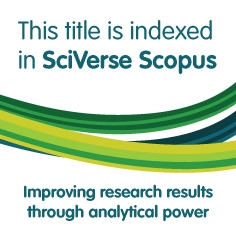
Abstract
Digital technologies and their uptake in society have advanced more rapidly than any innovation in history. However, research into how the public sector uses digital innovation has been slow to develop. Government has an essential role to play in sustainability by setting and enforcing policies around subjects such as pollution and carbon taxes, making digital innovation in government critical for digital sustainability. Further, the public sector’s values and priorities differ from those of the private sector, which confounds simple comparisons in areas such as digital ways of working and efficiency drivers. This paper draws on the public management literature and uses an exploratory and interpretive field study of a leading digital government. The research identifies six barriers to digital innovation within the New South Wales government, a world-leader in digital integration. The barriers are: varying digital maturity, non-digital mindset, slow mobilization, service-based silos, premature solutioning, and failure to align investment in digital innovation with broader government priorities. The paper identifies initiatives enabling world-class digital innovation and driving effective change. These enablers are structural service integration, ecosystem engagement, technology modernization, customer-centric strategies and processes, and agility in management. This paper finds that digital capability gaps and core rigidities interact requiring a comprehensive approach to realize the significant benefits offered to citizens and the environment.
DOI
10.17705/1CAIS.05310
Recommended Citation
Joukhadar, G., Jiang, R., Harrington, K., & Thorogood, A. (2023). Promoting Digital Innovation for Sustainability in the Public Sector. Communications of the Association for Information Systems, 53, 240-277. https://doi.org/10.17705/1CAIS.05310
When commenting on articles, please be friendly, welcoming, respectful and abide by the AIS eLibrary Discussion Thread Code of Conduct posted here.


